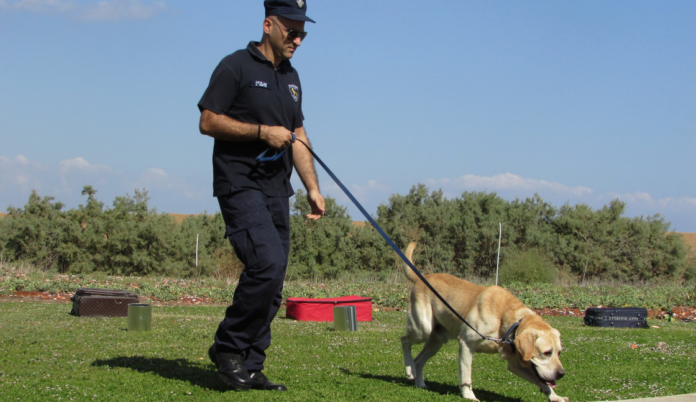Today, over 70% of American households own at least one dog. This statistic includes police officers, who train their dogs for various purposes. Police dogs, aka K9s, must undergo specialized conditioning before they can join the force.
Training dogs may seem like fun and games, but in reality, an immense amount of time and energy goes into it. Still, K9s remain invaluable to the police force, so we must train them diligently and humanely.
Ready to learn more? Then read on for more about police dog training!
What Can K9s Do and Who Are They?
K9s come in all different breeds. You may commonly know them as German Shepherds, yet you can find Rottweilers, Doberman Pinschers, and Belgian Malinois among the mix, too.
The media also portrays K9s as fighters. In reality, this only highlights one specialization.
Police dogs may patrol certain areas or detect drugs, bombs, and missing persons. You can even find unique canine explosive detection services.
Whatever the case, all dog training begins at professional facilities. They usually run several weeks-long training courses that teach the necessary skills for each dog’s specialty. The police officer and canine then live together 24/7.
This ensures loyalty and establishes a solid foundation for everyone to work with.
What Does Police Dog Training Look Like?
Police dog training differs per specialty.
Patrol dogs follow police officers in their daily lives. They act like protective service dogs as well as suitable companions. These types of dogs may also have narcotics detection training.
Drug detection dogs focus on detecting a certain kind of drug or class of drugs (like narcotics). These dogs rely primarily on their scent; they can sniff out drugs even when all other senses disappear. They may even detect drugs amongst distractors (e.g., they detect drugs even if people douse themselves with perfume or cologne).
Bomb detection dogs also rely on their sense of smell. They undergo 10-week long training sessions to differentiate over 10,000 scents related to explosive devices. The respective police officer must work extra hard to enforce skills from class.
Tracker dogs yet again use their sense of smell. These dogs help track or hunt down missing persons. Their training sessions run hours long to try and pursue someone.
Most police dogs use their sniffers when they help out within the force. As such, their basic training looks almost identical.
Police officers first train their dogs to find small objects like balls or blankets. Then, they cover such items with the target substances once their dogs accomplish the first task. Police officers should always remember to reward their K9s when they successfully sniff something out.
Takeaways and Benefits From K9 Dog Training
Police dog training involves rigorous work on both the k9 and police officers’ behalf. They must work together as a team to build trust, respect, and loyalty in the long run.
While it may be hard work, we can usually expect pawsitive outcomes with a unique partner-in-crime. The right dog can make or break a case, so we should do all that we can to make this special inter-species relationship succeed. Look into police dog training ASAP!
Like this article? Then check out our site for more interesting content!










